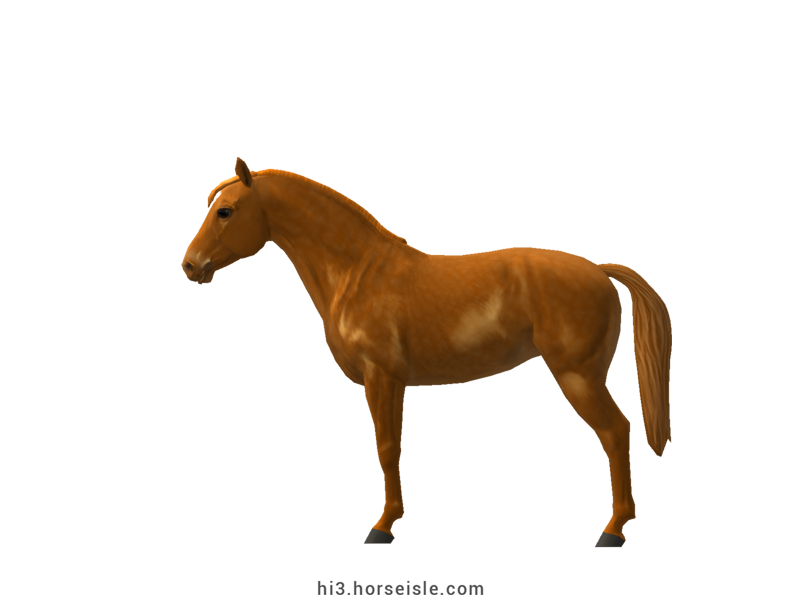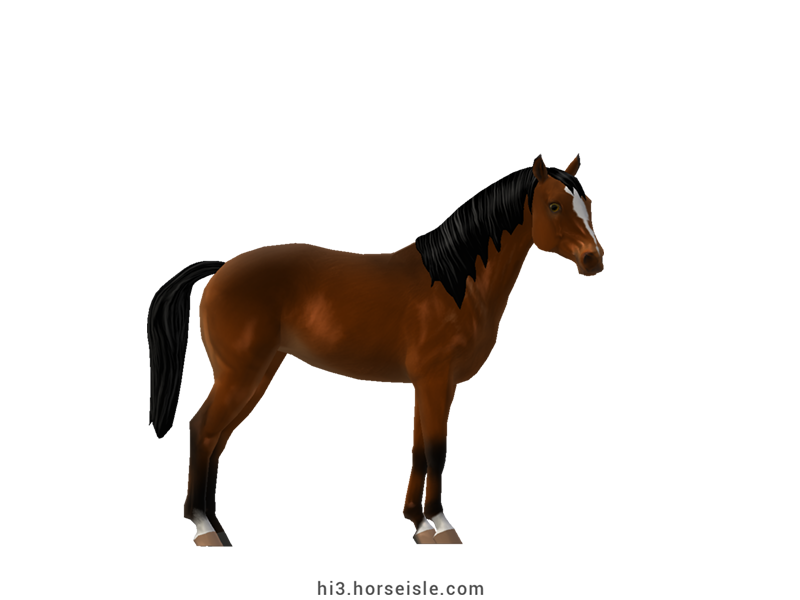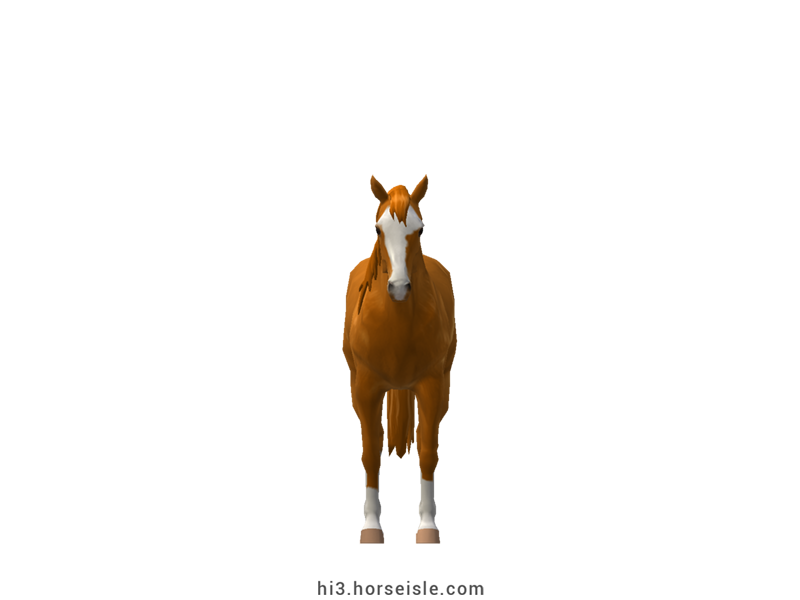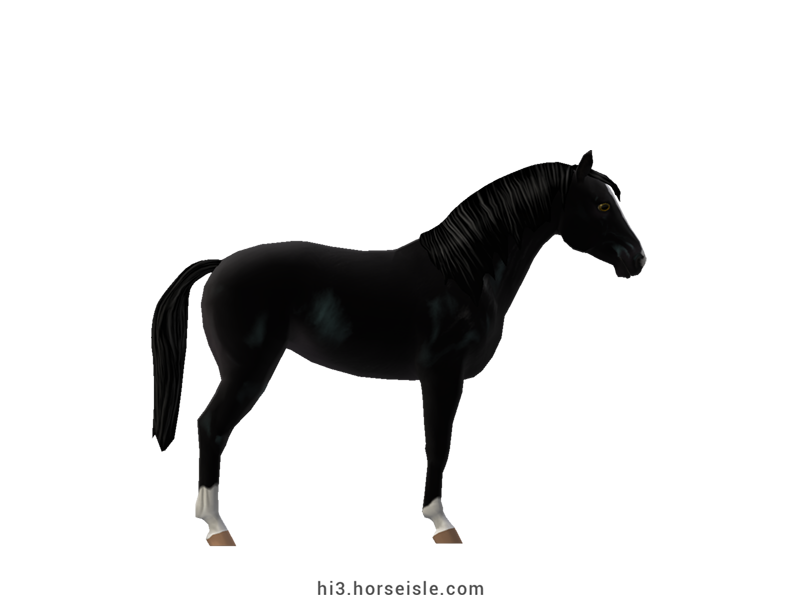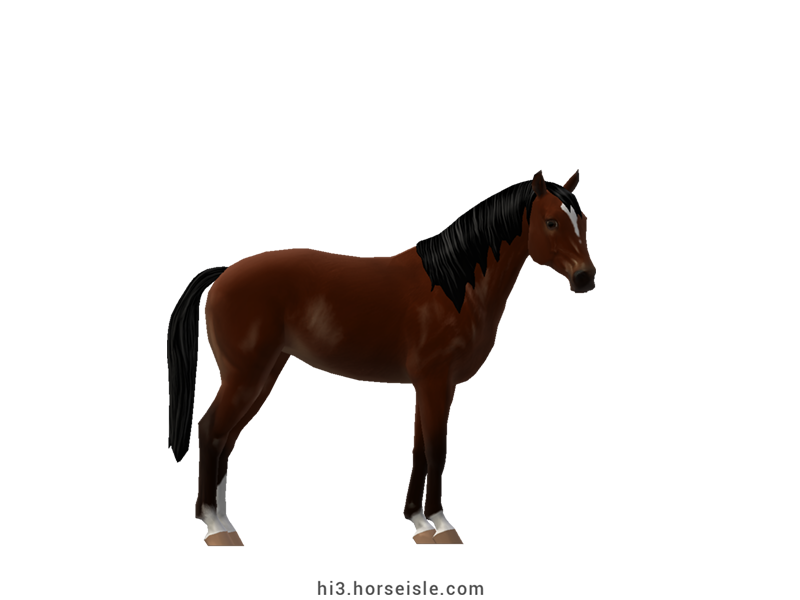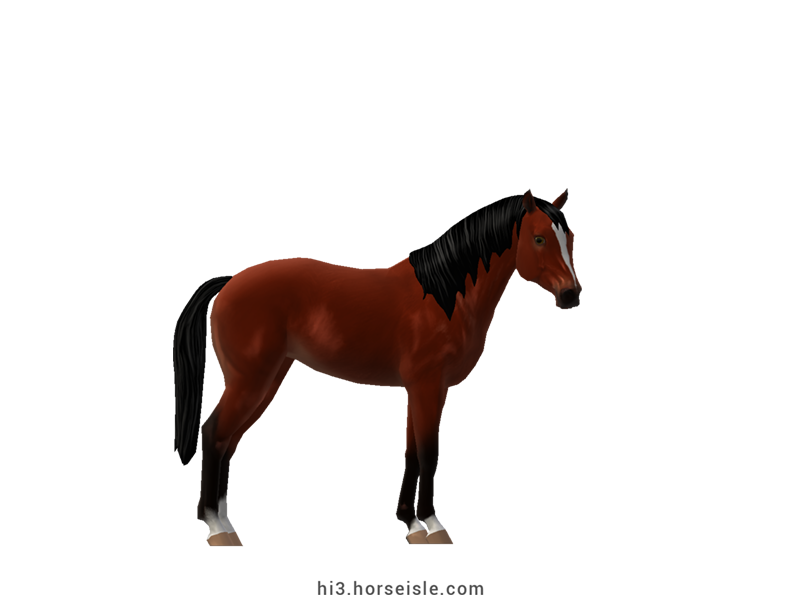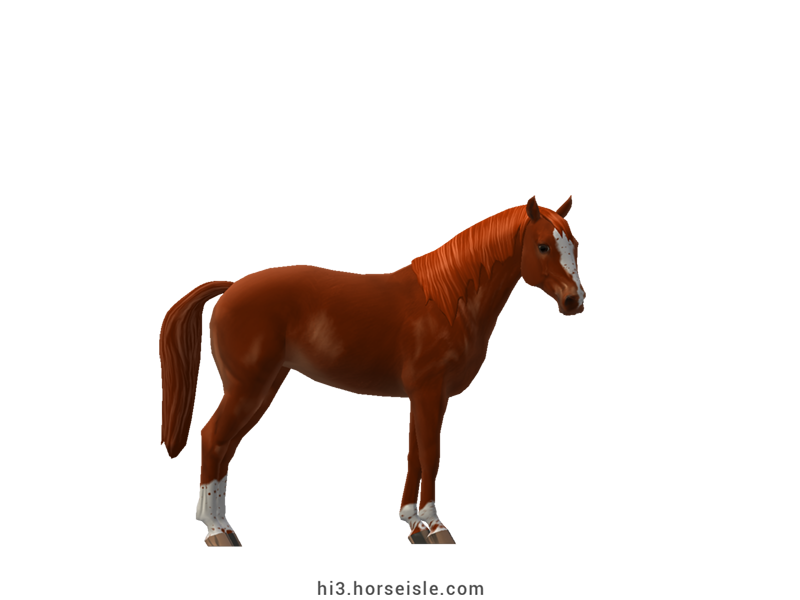Our Massive Real World Equine Reference!
[ INDEX ] Equine Type: Horse Breed: Crabbetbred Arabian (Crabbet) [ PREV ] [ NEXT ]
Middle Eastern roots, British breeding:
The story of the Crabbetbred Arabian starts in the 1870's in Sussex, when a British couple, Lady Anne Blunt and her husband Wilfrid Scawen Blunt, established a stud for Arabian horses called Crabbet Stud.
In 1877, the couple travelled to Syria, Iraq, Persia, and Saudi Arabia, with the aim of purchasing pure desert-bred Arabian horses for their stud. During the journey they bought some of the finest Arabian horses they could find, and shipped them back to Crabbet Stud, where they started breeding them.
By the end of the 1880s, the Blunts met Ali Pasha Cherif, who bred the finest Egyptian horses at the time. Ali Pasha Cherif agreed to sell them a few of his top horses, including a chestnut stallion named "Masaoud", who became one of the foundation sires of the Crabbetbred Arabian subtype.
In 1897, Ali Pasha Cherif passed away, and the Blunts managed to purchase a number of additional top horses from his herd. They imported these horses to their stud, and incorporated them into the breeding program for Crabbetbred Arabians.
Wentworth and Skowronek:
In 1906, the Blunts separated, and each of them took half of the horses, and continued to breed Crabbet horses separately. In 1915, Lady Anne, who kept Crabbet Stud, moved to Egypt, and left the stud to her daughter, Lady Judith Wentworth, who continued her mother's work.
Lady Judith bought a white-grey Polish Arabian stallion called Skowronek, who became a key sire in the breeding program. The Crabbet Arabians were known for being strong horses with a reliable conformation, but Skowronek added elegance and refinement to their conformation, while maintaining its soundness.
Beyond Britain:
During the 20th century, Crabbetbred Arabians were exported to numerous countries, most notably to Russia, Spain, and the USA. In Russia and Spain, Crabbets were used in the breeding and refinement of Arabian horses. In the USA, Crabbets were bred extensively in a number of dedicated breeding programs, the most famous of which is the Crabbet-Maynesboro-Kellogg (CMK) group.
The "straight Crabbet":
Today, a "Crabbet" is any Arabian horse who traces back to the horses bred by the Blunts or by Wentworth. A "straight Crabbet" is a horse with 100% Crabbet blood.
A versatile Arabian:
Ever since they were created, Crabbetbred Arabians were considered very sturdy, even in comparison to their Arabian ancestors, and this reputation still holds true today.
They also have a good temperament and are easy to work with. Crabbets are usually used for dressage and show-jumping, and some are also used for Western disciplines, but their real talent is endurance riding, a discipline in which they excel.
Performance metrics:
The following are the: range, average, (SD), and MOE of performance metrics of ordered Crabbetbred Arabians in Horse Isle (not bred ones). In rare cases,
Speed: 15.5-17.0, 16.1 (0.3), 0.06.
Sprint: 44-56, 50 (3), 0.51.
Accel: 0.83-1.01, 0.91 (0.04), 0.01.
Decel: 0.84-1.00, 0.93 (0.03), 0.01.
Jump: 5.18-5.42, 5.30 (0.05), 0.01.
Pull: 1.85-2.54, 2.17 (0.13), 0.02.
Turning: 44.33-57.27, 51.02 (3.12), 0.61.
Reverse: 2.4-2.9, 2.7 (0.1), 0.02.
Stamina: 43.34-48.39, 45.49 (1.15), 0.23.
Reaction: 0.71-0.81, 0.76 (0.02), 0.00.
Coats & Height:
Colors: chestnut, bay, brown, grey, and more rarely, dominant white.
Breeding notes: dominant black doesn't naturally occur in this breed, but can be bred into it.
Additionals: flaxen, rabicano, sooty, manchado, white-spotted, all rare patterns. White markings are exceptionally common.
Height: usually 14.2hh to 15.3hh, but some can be as tall as 16.2hh.
[ INDEX ] [ PREV ] [ NEXT ]

